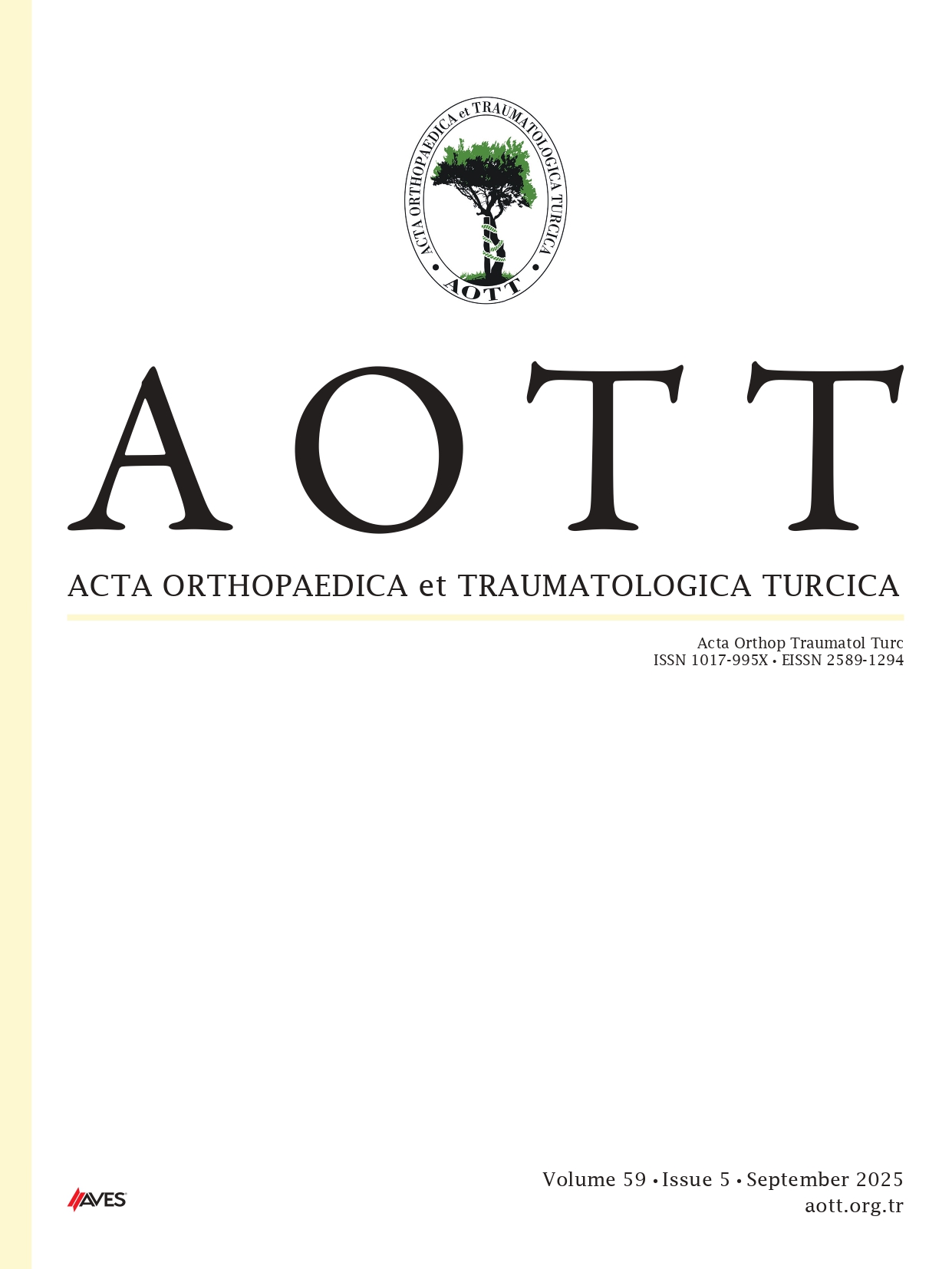Objective: This study aimed to compare the functional outcomes and complications of cemented versus cementless femoral stem fixation in end-stage chronic kidney disease (CKD) patients with traumatic femoral neck fractures (FNF).
Methods: This retrospective cohort study included 43 hips of 42 patients with end-stage chronic kidney disease (mean age 77.7 years; range, 55–89; 42.9% female) who underwent hemiarthroplasty for traumatic femoral neck fractures at a regional trauma center between 2010 and 2022. Patients were divided into two groups according to the fixation method: cemented hemiarthroplasty (n = 23) and cement less hemiarthroplasty (n = 20). Functional outcomes were assessed using the Harris Hip Score (HHS), and complications including throm boembolic events, surgical site infection, periprosthetic fracture, prosthesis dislocation, osteolysis, reoperation, and mortality were evaluated.
Results: The mean follow-up duration was 45.1 months. At final follow-up, the mean HHS was significantly higher in the cementless group compared with the cemented group (72.1 vs. 68.3, P = .011). Osteolysis occurred more frequently in the cemented group (30.4% vs. 0%, P = .008). No statistically significant differences were observed between the groups regarding thromboembolic events (0% vs. 5.0%, P = .284), surgical site infection (4.3% vs. 10.0%, P = .473), periprosthetic fracture (4.3% vs. 0%, P = .351), prosthesis dislocation (8.7% vs. 5.0%, P = .639), reoperation rates (13.0% vs. 15.0%, P = .855), or overall mortality (69.6% vs. 60.0%, P = .517).
Conclusion: In end-stage CKD patients with traumatic FNFs, cementless hemiarthroplasty was associated with fewer cases of osteolysis and better functional outcomes compared with cemented fixation. These findings highlight the potential biomechanical advantage of cementless fixation in prolonging prosthesis survival and support its consideration as the preferred option in patients with end-stage CKD.
Cite this article as: Abul MS, Yılmaz H, Sevim ÖF, Hekim Ö, Kayaalp ME, Eceviz E. Cemented versus cementless hemiarthroplasty in end-stage chronic kidney disease: a retrospective comparative study of femoral neck fracture outcomes. Acta Orthop Traumatol Turc., Published online October 27, 2025. doi:10.5152/j. aott.2025.25303.



.png)
.png)
